Nearly Half of South Sudan's Population Could Face Famine, UN Says
Around 5 million people face severe food insecurity in the next three months.
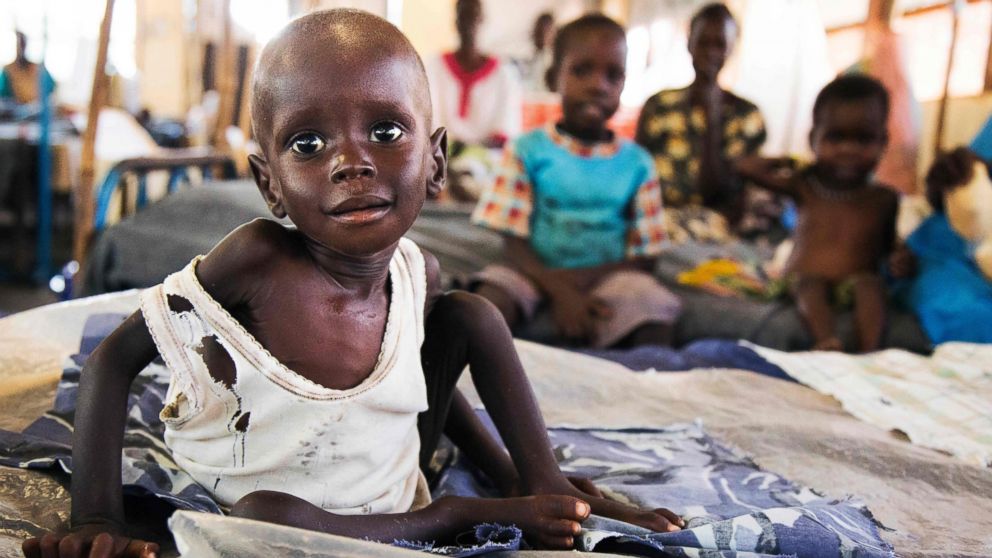
— -- Nearly half of South Sudan's population could face famine in the coming months as the ongoing conflict displaces residents and threatens harvests, according to the United Nations World Food Program.
South Sudan's deteriorating food situation is compounded by more than two years of fighting, a collapsing economy, soaring food prices and erratic rainfall. The World Food Program projects the African nation is headed for the worst lean season since it gained independence five years ago, with around 5 million people facing severe food insecurity in the next three months when hunger traditionally worsens.
The World Food Program said it urgently needs almost $230 million to provide food and nutrition assistance over the next six months in South Sudan, which has a population of about 11 million. And the window of opportunity to reach the worst-affected areas by road is closing rapidly, the U.N. agency said.

A U.N. aid convoy of 38 trucks carrying a one-month supply of food rations for 52,000 people reached the town of Yei on Friday, where families have been trapped and cut off from food supplies for four months due to heightened insecurity and fighting in and around the area.
"Yei is traditionally a place where people can grow their own food, but since violence intensified in July people have been forced to leave their crops to rot in the field while they remain hungry," said Joyce Luma, World Food Program country director in South Sudan.
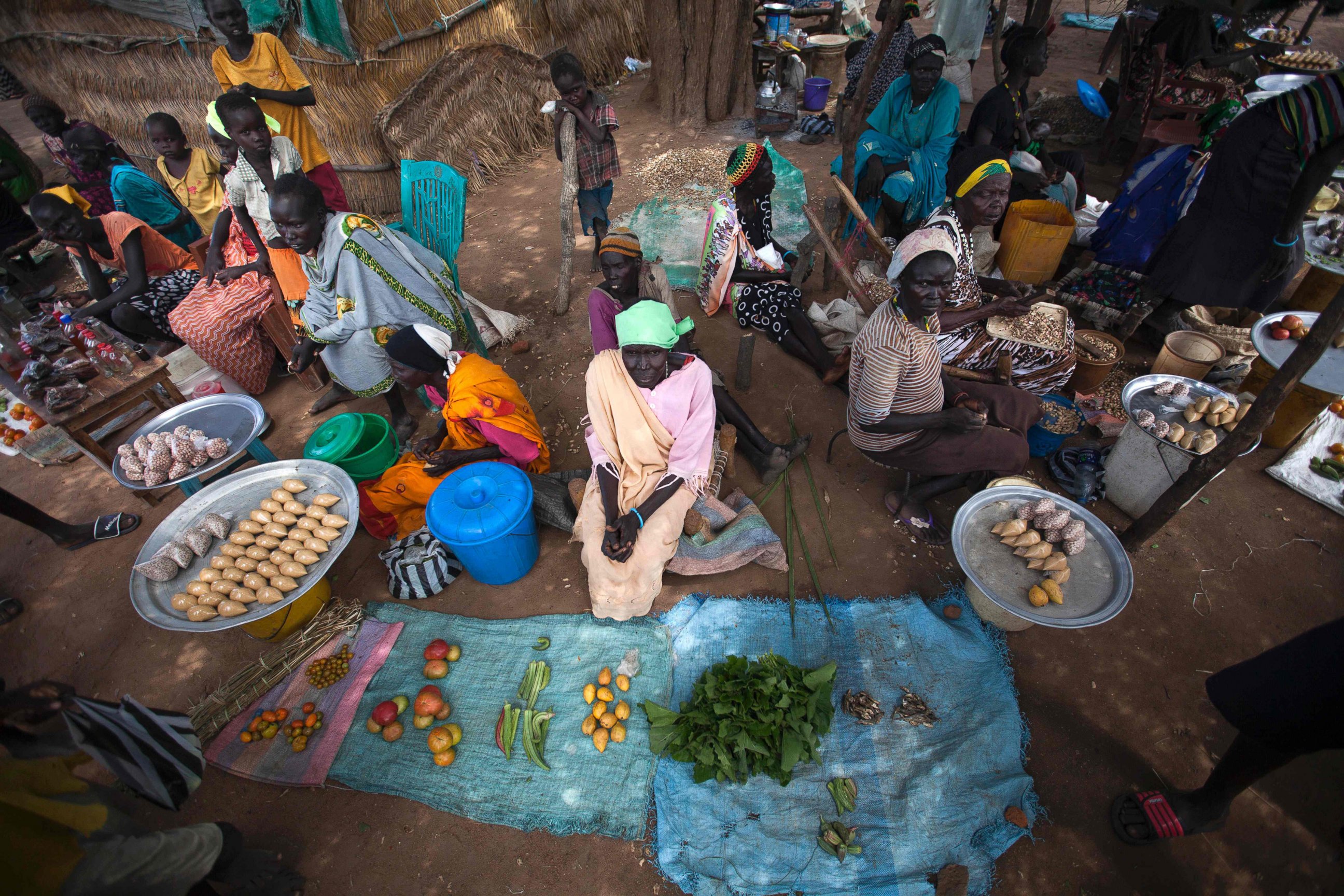
Not long after gaining independence and emerging from civil war, South Sudan fell back into conflict in December 2013 when President Salva Kiir sacked his then-deputy Riek Machar and accused him of plotting a coup. The personal rivalry sparked fighting between forces loyal to the president and rebels allied with Machar. It also deepened a rift between two of South Sudan’s largest ethnic groups -- Kiir's dominant Dinka and Machar's Nuer tribe.
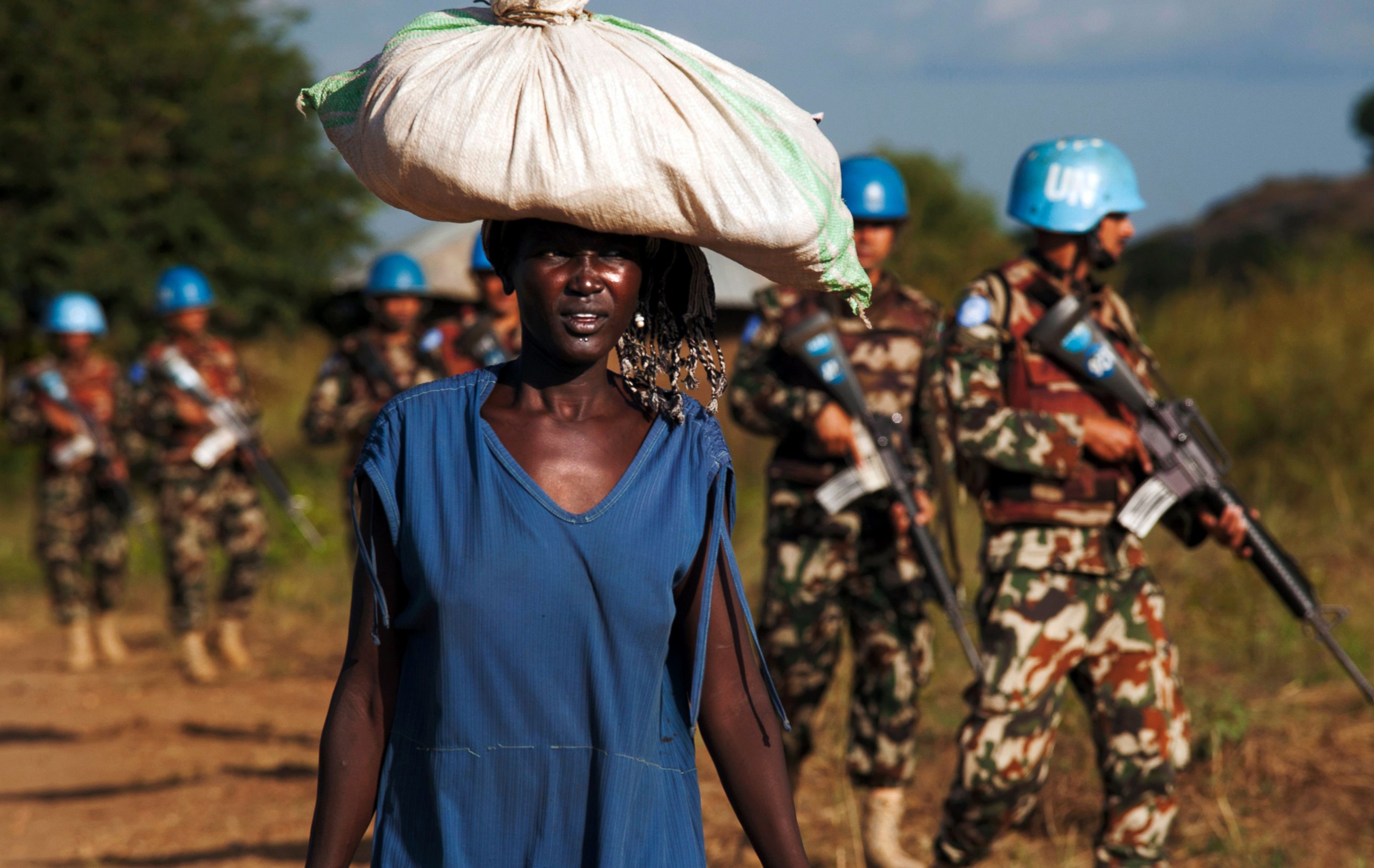
The warring sides eventually signed a power-sharing agreement in August 2015 with the promise to end nearly two years of devastating war. Machar returned to the capital Juba in April, more than two years after fleeing the South Sudanese capital and was reinstated as the president’s deputy under the terms of the peace deal.
But Machar fled again this year to an undisclosed location when fighting broke out between his forces and Kiir’s in July. The president gave his first vice president 48 hours to return to Juba before replacing him with Gen. Taban Deng, a move Machar's spokesman called illegal.
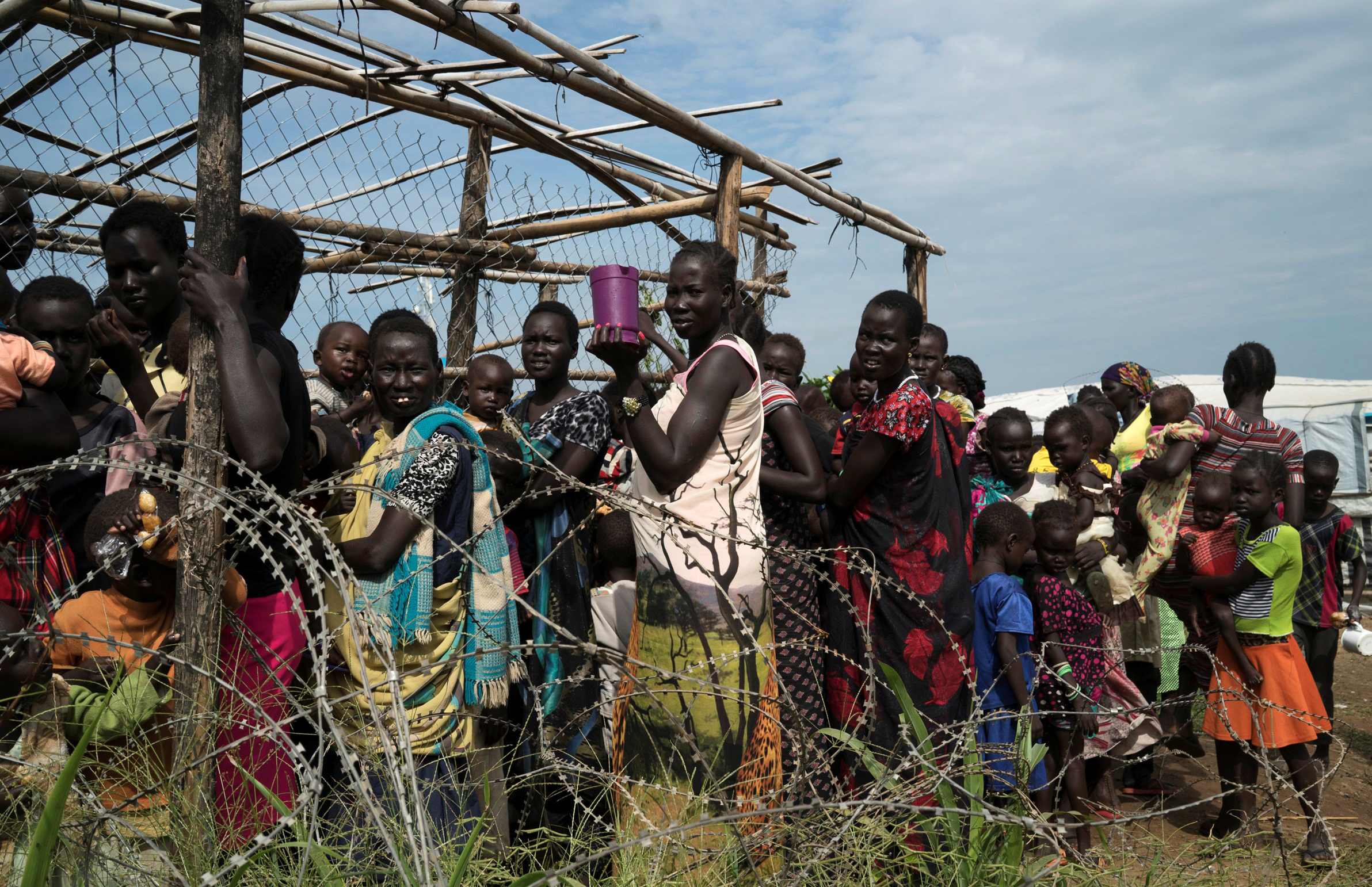
The latest upsurge in violence has brought the mass exodus of South Sudanese refugees to neighboring countries since December 2013 to more than 1 million, according to the U.N. High Commissioner for Refugees. Nine-tenths of them are women and children. Estimates indicate that 295,000 South Sudanese refugees have streamed into neighboring Uganda since July.
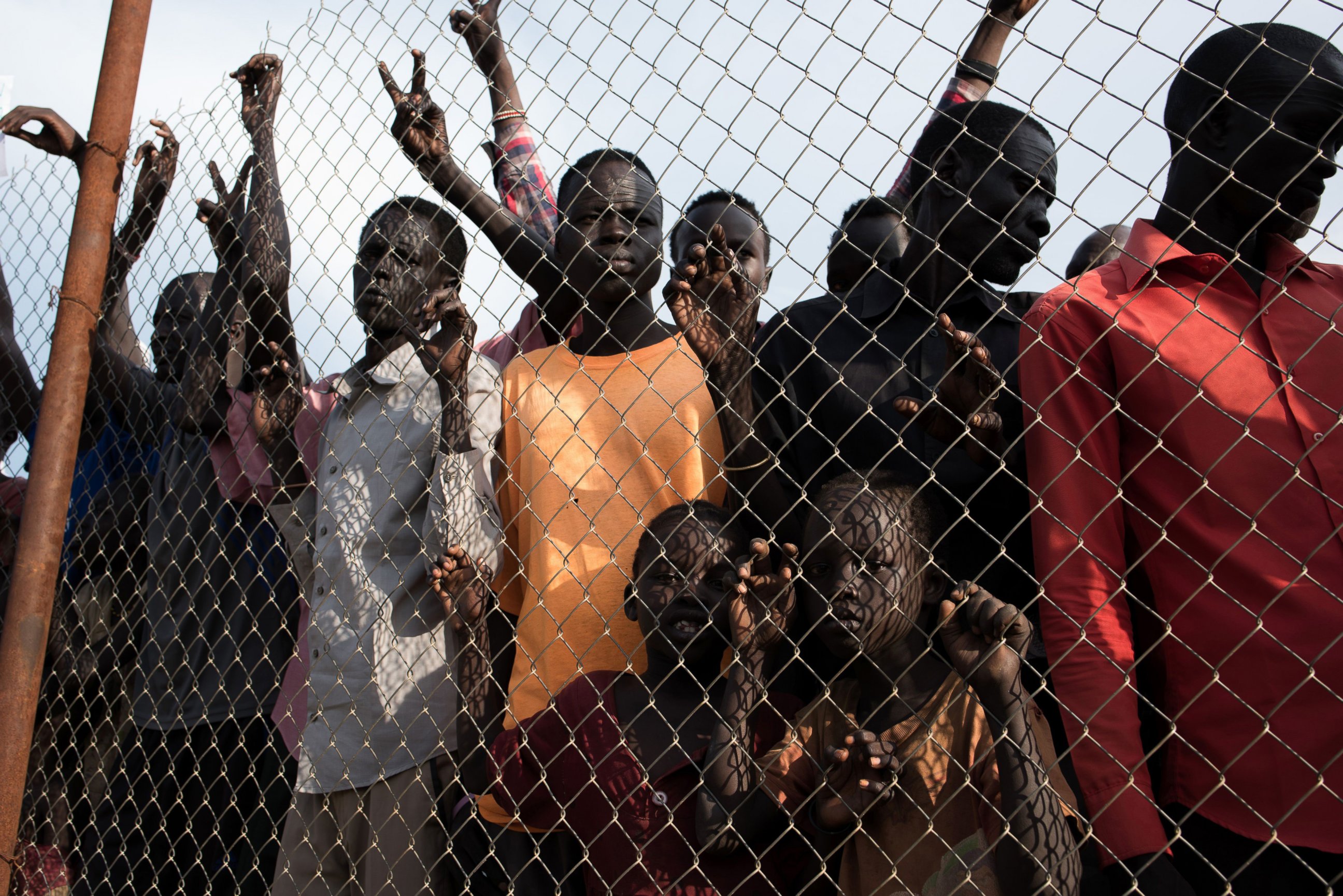
U.N. officials said local militias have been taking advantage of the turmoil in South Sudan, where more than 2.6 million of its citizens are forcibly displaced. The intensified violence has kept farmers from their fields and disrupted food markets, as there have been reports of ambushes along trade routes.




